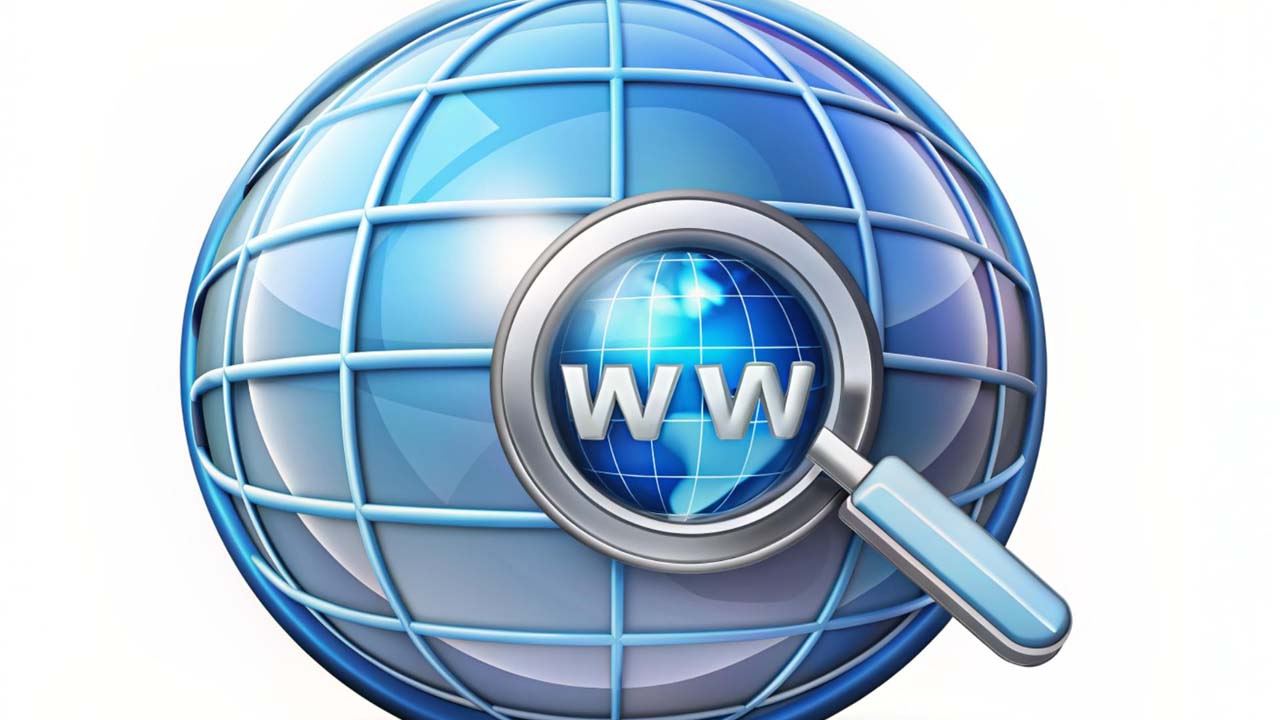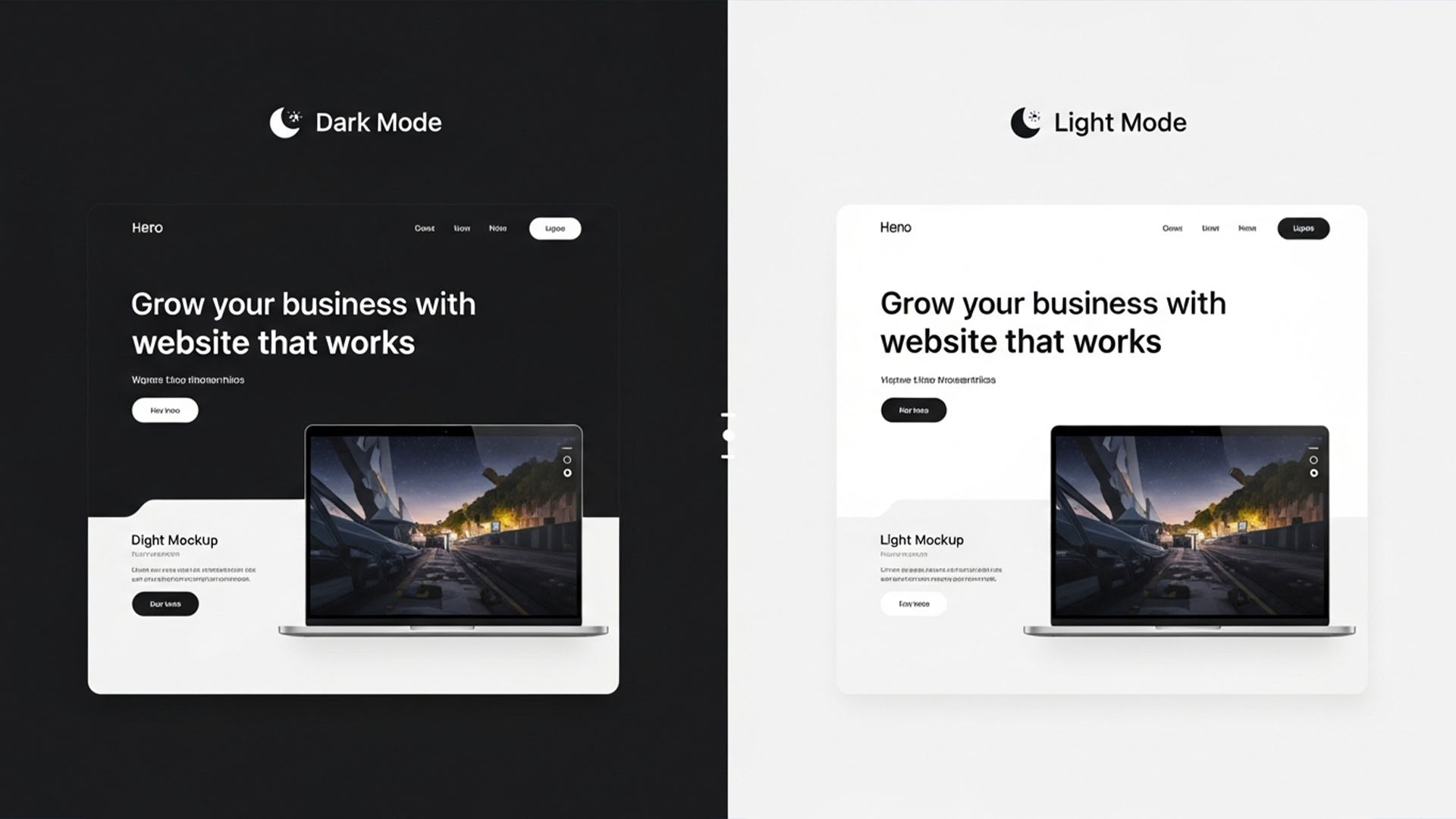
Complete Guide to Web Design and Development
Loop Media offers comprehensive services in web design and development, covering everything from backend systems and main control panels to frontend interfaces.
What is Web Design and Development?
Web development and design refer to the process of creating a website on the internet using specialized tools and technologies. Websites are essential for communication and interaction with users worldwide, offering them various information and services at any time and from anywhere.
Developers use different programming languages and technologies that include designing and developing databases, scripting, and building APIs. They also focus on mobile applications, social interaction, and site security.
What is Web Development?
Web development involves writing code and instructions to create web pages. Developers write code using different programming languages and link them to databases to ensure interaction between the website and users.

The Difference Between Web Development and Computer Programming:
Although they may seem similar, web development is quite different from computer programming. Web development focuses on web pages and scripts that are displayed on a browser. A web developer specializes in building websites and linking them to databases, while computer programming focuses on operating systems (OS) and software for computers. Additionally, programming languages for computers are entirely different from web programming languages.
Web Development Programming Languages:
To design a website, developers need to be familiar with a set of fundamental and advanced programming languages.
1. Basic languages:
These languages are essential for any website, and beginners must learn them:
- PHP: This is the foundation of most websites, as it connects users to the server and helps display products and services.
- HTML: One of the oldest programming languages used for web design and the creation of web pages. It’s fundamental to any website.
- CSS: This language is used to style website elements, such as colors, images, fonts, and videos.
2. Advanced languages:
- JavaScript
- XML
- AJAX
How to Create a Website Without Coding:
For beginners who lack coding knowledge but want to create and design their own websites, several platforms can help. These platforms make website creation easy without complex coding, although they may not offer full control over website features.
Some of the most popular platforms include:
-
Weflow CMS:
This platform helps in building websites using pre-designed templates and easy-to-use tools.
-
Wix:
A user-friendly platform that offers templates and flexible tools, ideal for beginners.
-
Cloudpress:
It supports creating websites compatible with WordPress, offering customizable templates without needing to write code.
Uses of Programming Languages:
Programming languages are used in a wide variety of fields, such as:
-
Application Development:
Basic programming languages play a key role in developing applications and websites.
-
Game Development:
Specialized programming languages are used to create entertainment games.
-
Operating System Development:
Such as Windows and Linux.
-
Web Page Development:
Using languages like HTML, JavaScript, Python, and more.
Key Requirements for Web Development:
To succeed in web development, several essential requirements must be met:
- Main Idea: The core concept upon which the website will be built.
- Design: This is a crucial part of programming, as it defines the structure of the website.
- Code Editor: A tool that helps developers write the necessary code for the website.
- Programming Experience: Developers need prior experience in creating and designing websites.
Types of Websites:
Websites can generally be categorized into two main types:
- Static Websites: These are websites where only the owner or developer can make changes, such as adding, removing, or modifying data or code.
- Interactive Websites: These websites allow users to interact with content and modify information. They provide services that may be hosted on the user’s end or the server, allowing for dynamic control.
There are other types of websites that may be static or interactive:
- E-commerce Websites: These are designed to showcase and sell products, attracting customers by meeting their needs.
- Educational Websites: Offering educational content and services.
- Government Websites: Used by governments to publish official news and announcements, as well as receive feedback from citizens.
- News Websites: These report on local and global events, offering analysis and commentary from experts.
The Benefits of Web Development and Design:
By creating a website, companies can stay connected with their customers 24/7, offering updates on services and new products. Furthermore, the cost of developing and maintaining a website is relatively low compared to traditional business setups. Websites also open up new markets, increase sales, and boost profit margins.
Conclusion:
Web development and design are essential pillars in the digital age. Through this process, individuals, companies, and organizations can present their services and products to a global audience, significantly expanding their reach in a short time.
This article is available in Arabic. You can read the Arabic version [here].
 العربية
العربية




This guide offers a clear breakdown of web design and development essentials, making it easier for beginners to understand the process. I especially appreciate the distinction made between basic and advanced programming languages. The mention of platforms like Wix and Webflow for non-developers is a nice touch, showing that anyone can get started with website creation, even without technical skills!
Great read! The difference between web development and traditional programming was particularly insightful. Often, people confuse the two, and this guide does a good job of clarifying the unique role of web developers in creating engaging, functional websites. The section on static vs. interactive websites also provided a lot of clarity on the types of sites out there.
This article covers all the key points of web development in a way that’s comprehensive but easy to digest. I liked how it outlined both the technical requirements and the creative side of web design. The guide also highlights how websites can increase business profitability by expanding market reach—something every business owner should consider!
This guide really emphasizes how critical web design and development are in today’s digital landscape. I liked how the article not only discussed technical aspects but also highlighted the real-world benefits of having a well-built website—especially in terms of customer engagement and sales growth. An excellent resource for anyone looking to build or improve their website!
Great post! Really appreciated the clear insights and helpful information—definitely gave me something to think about. Keep sharing more like this.